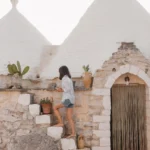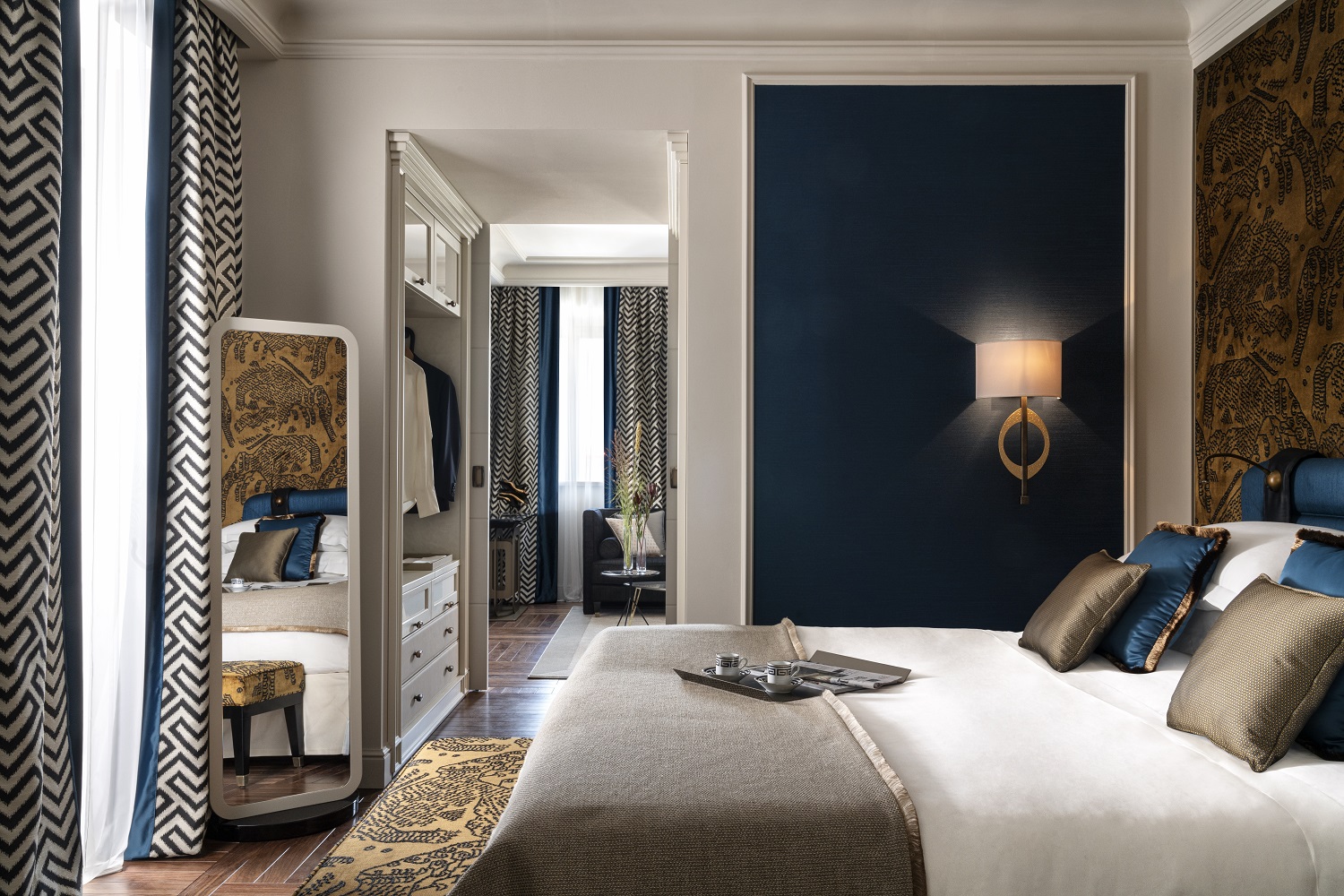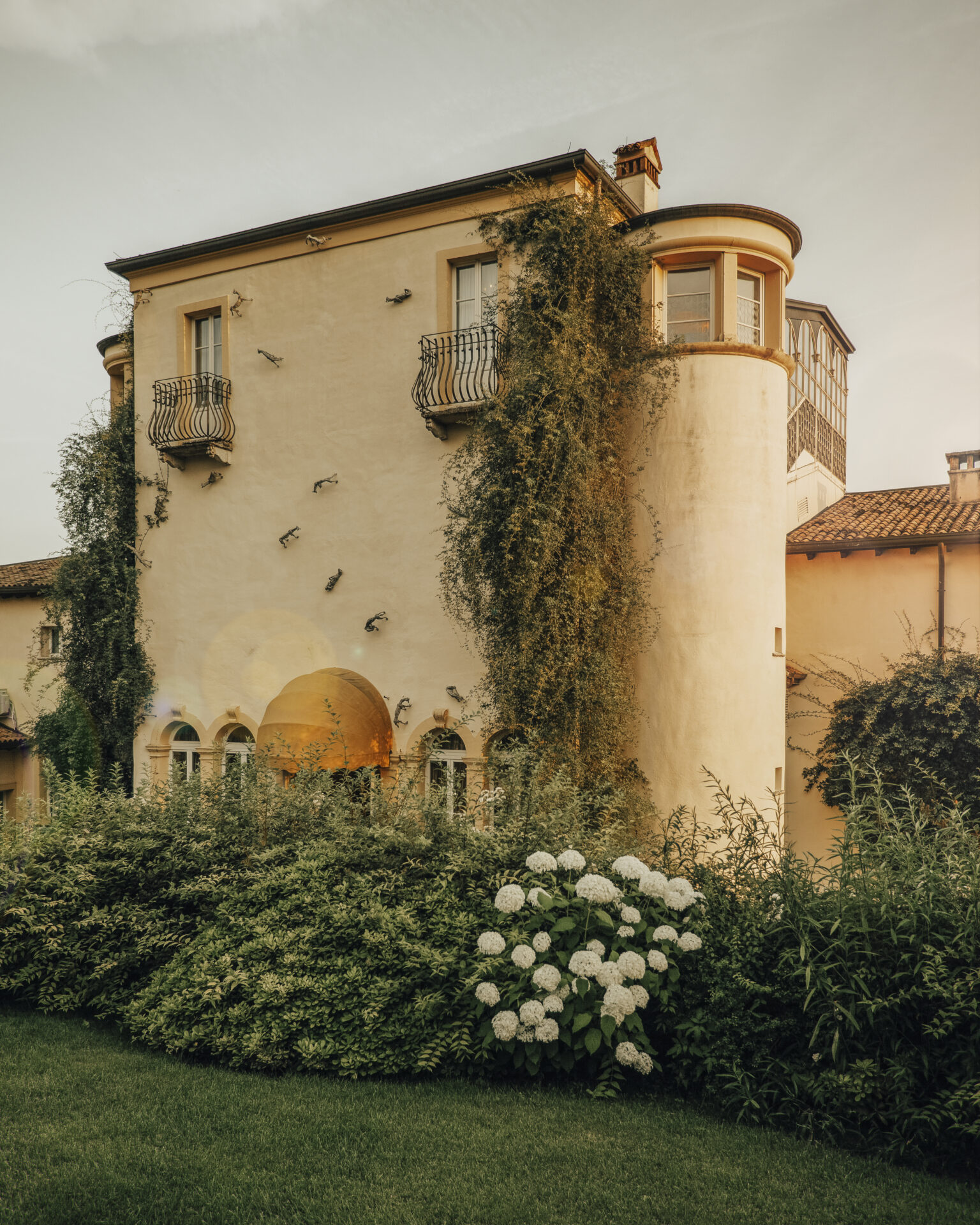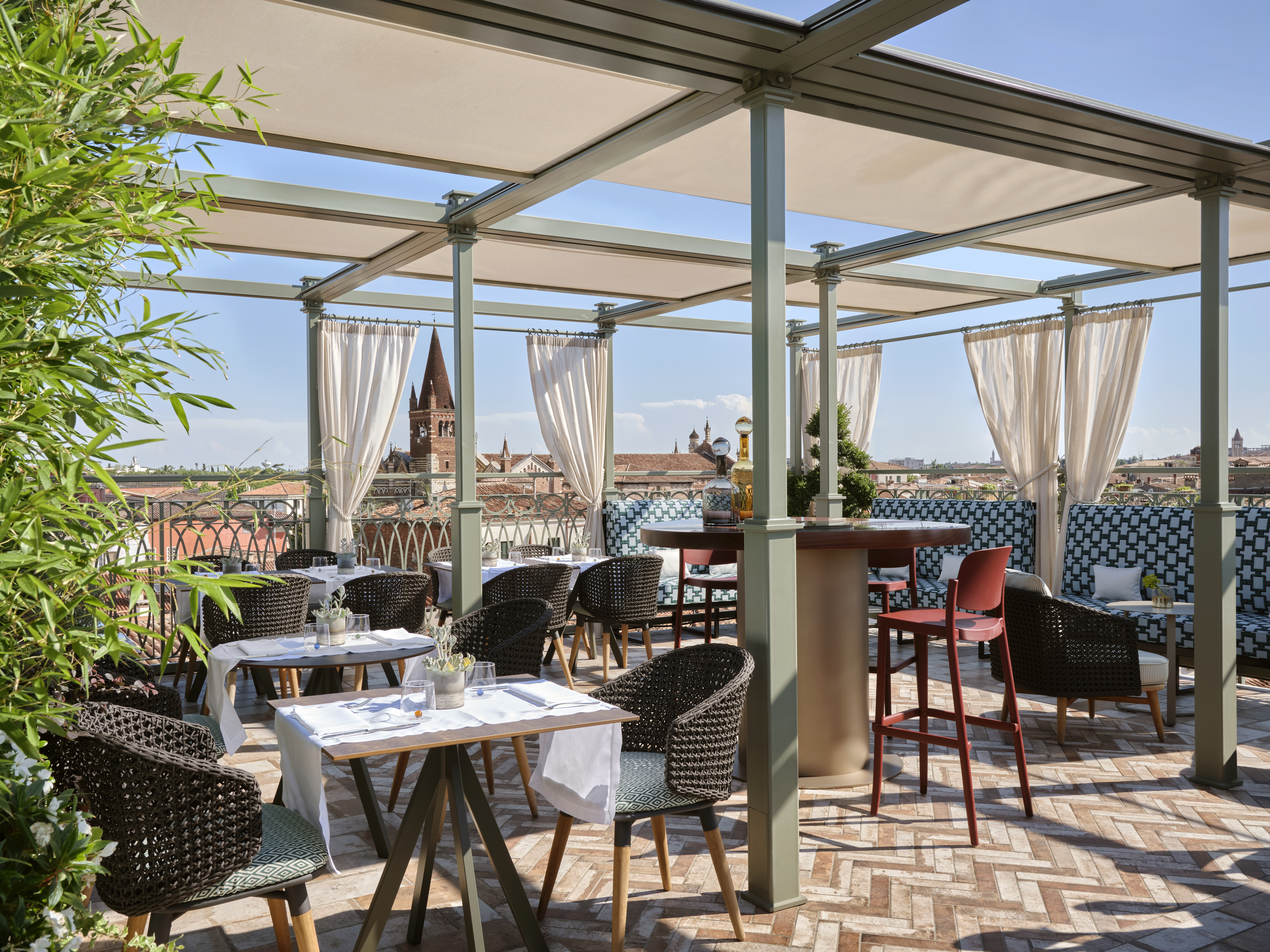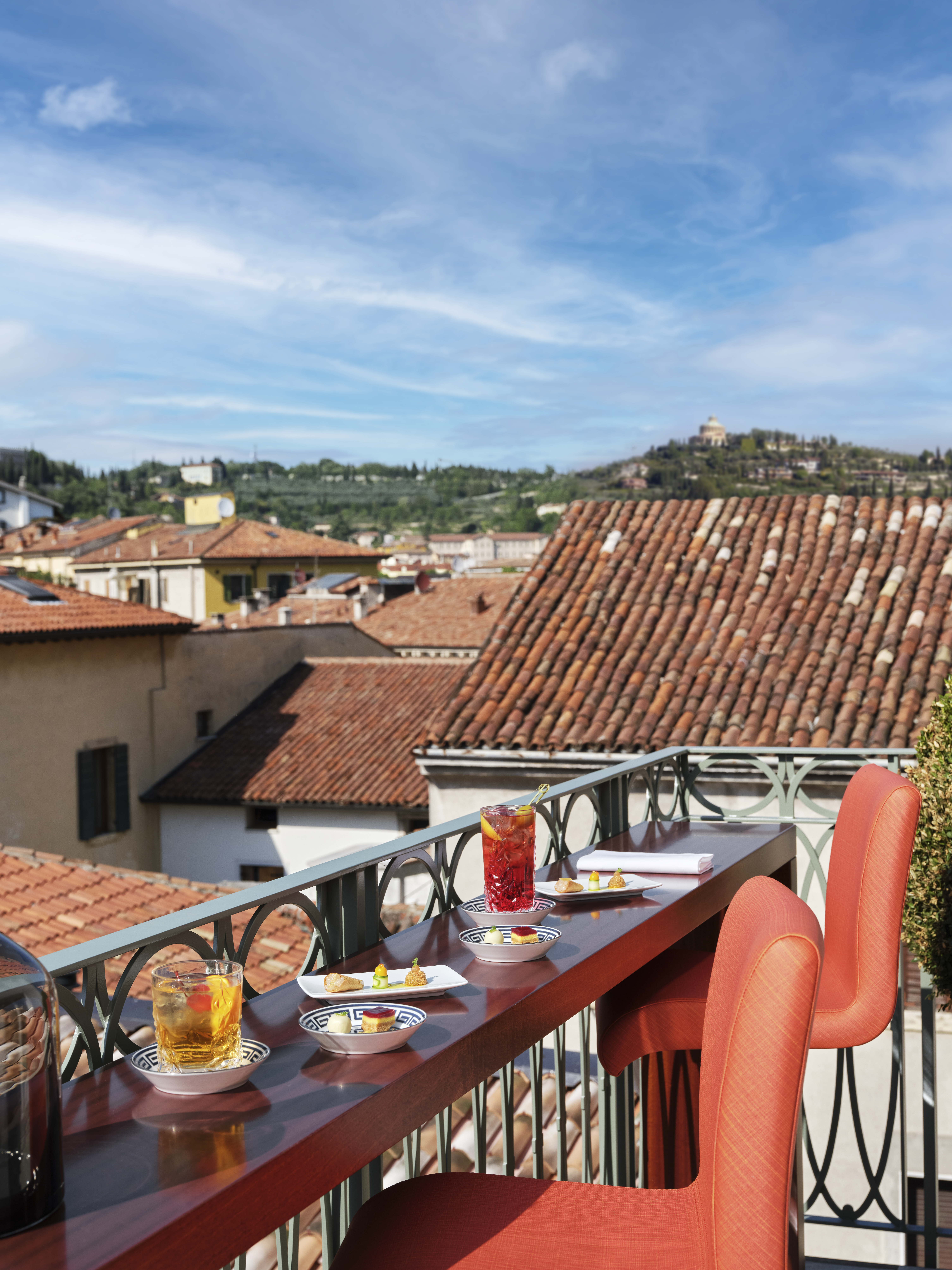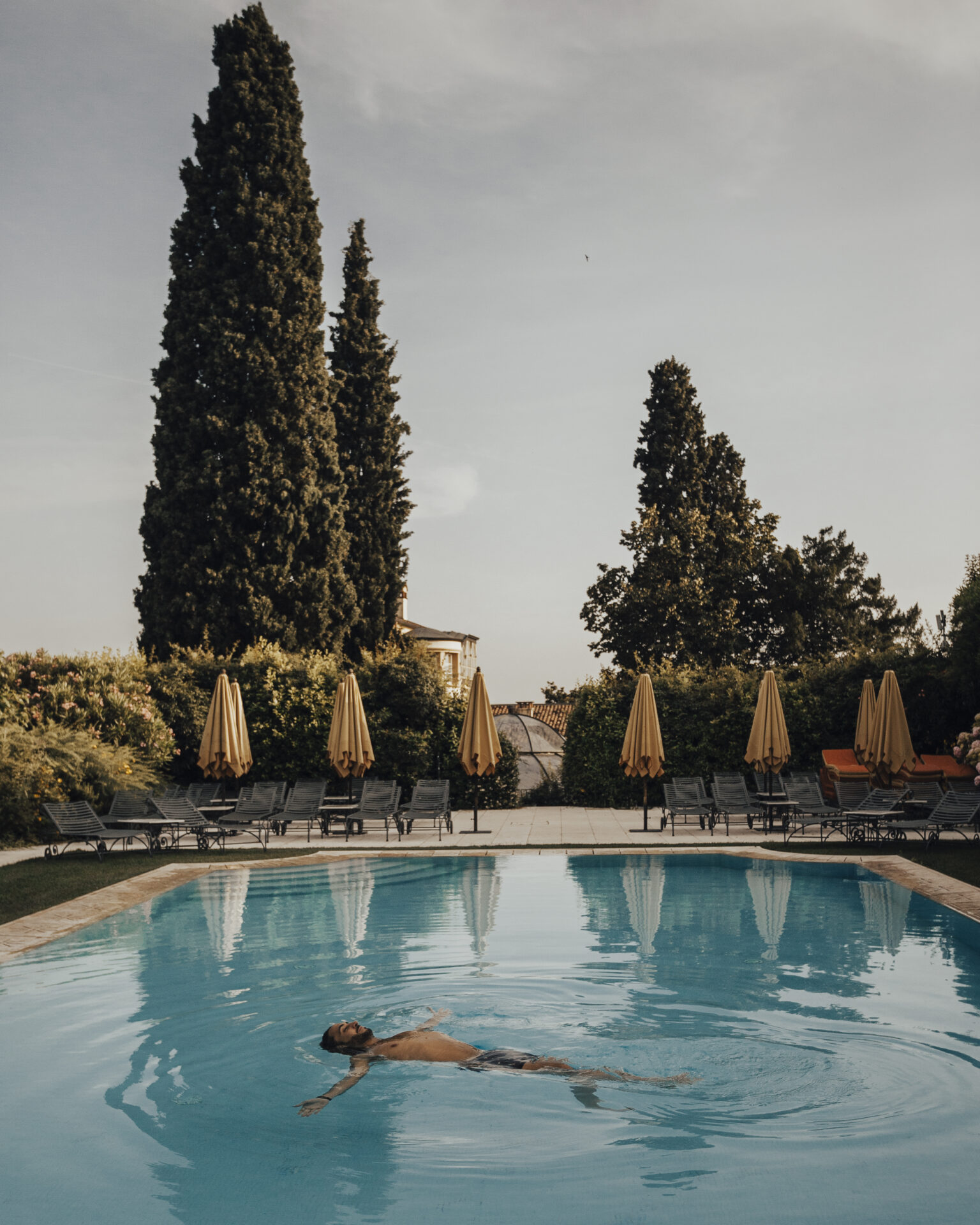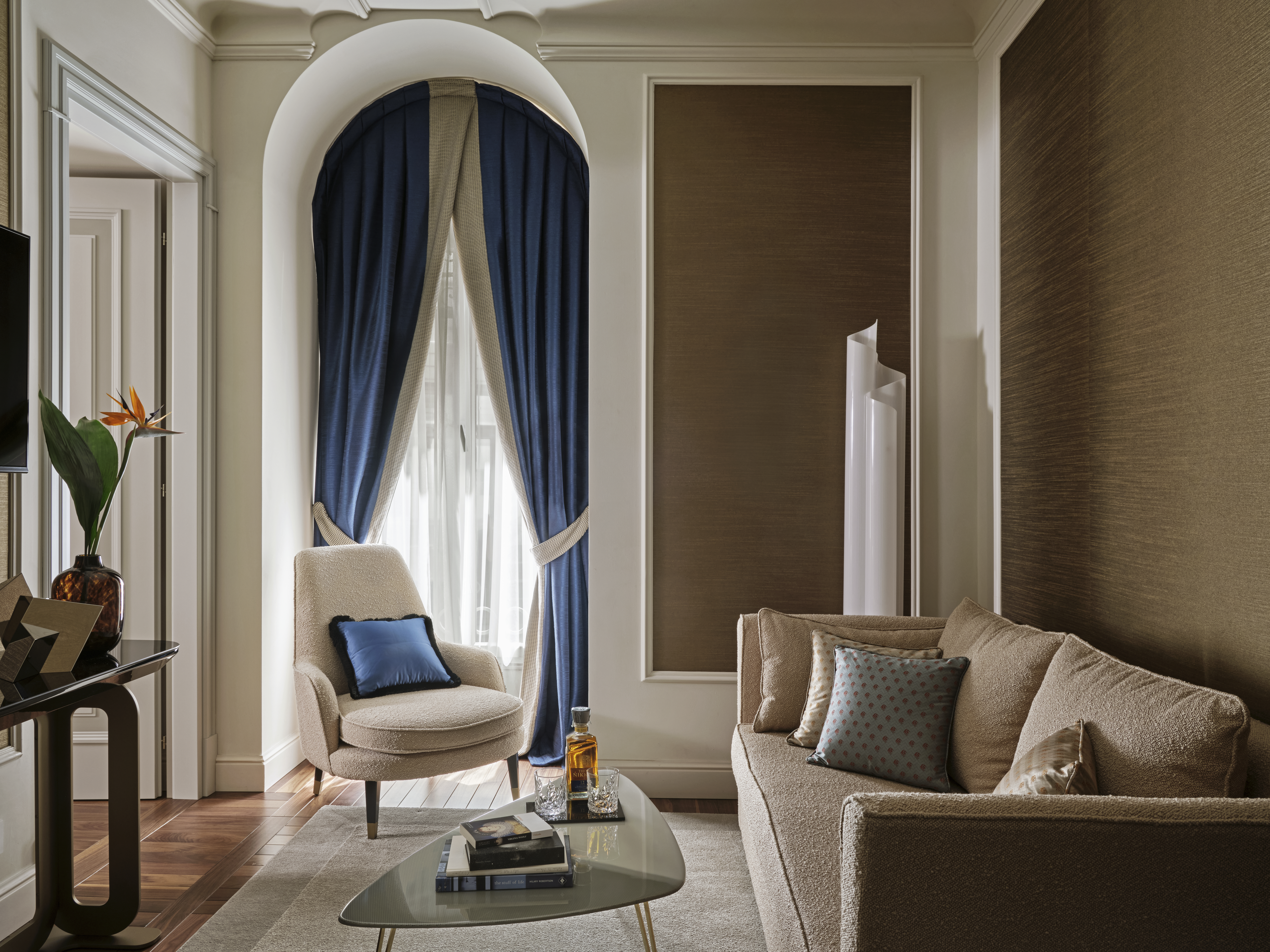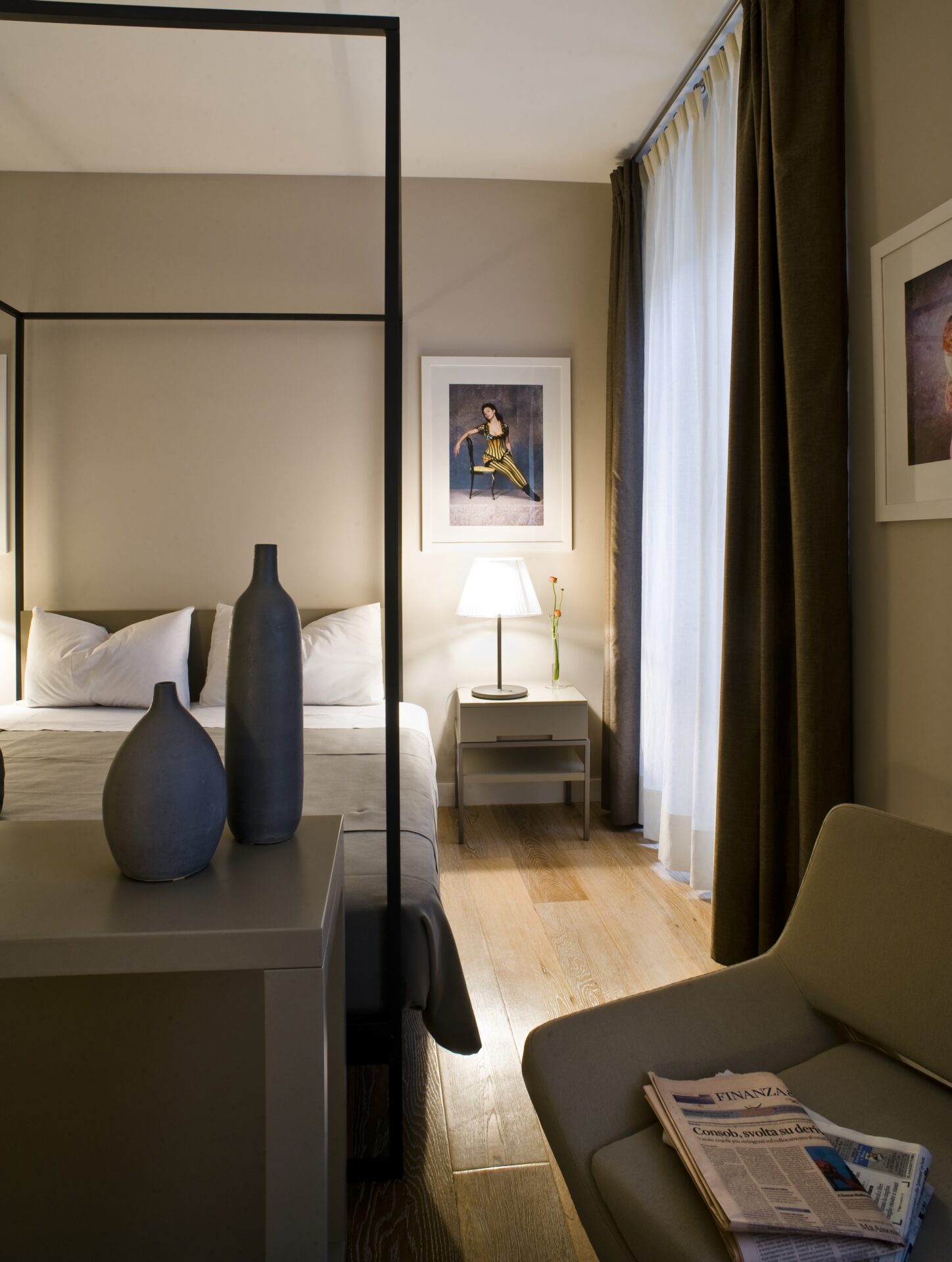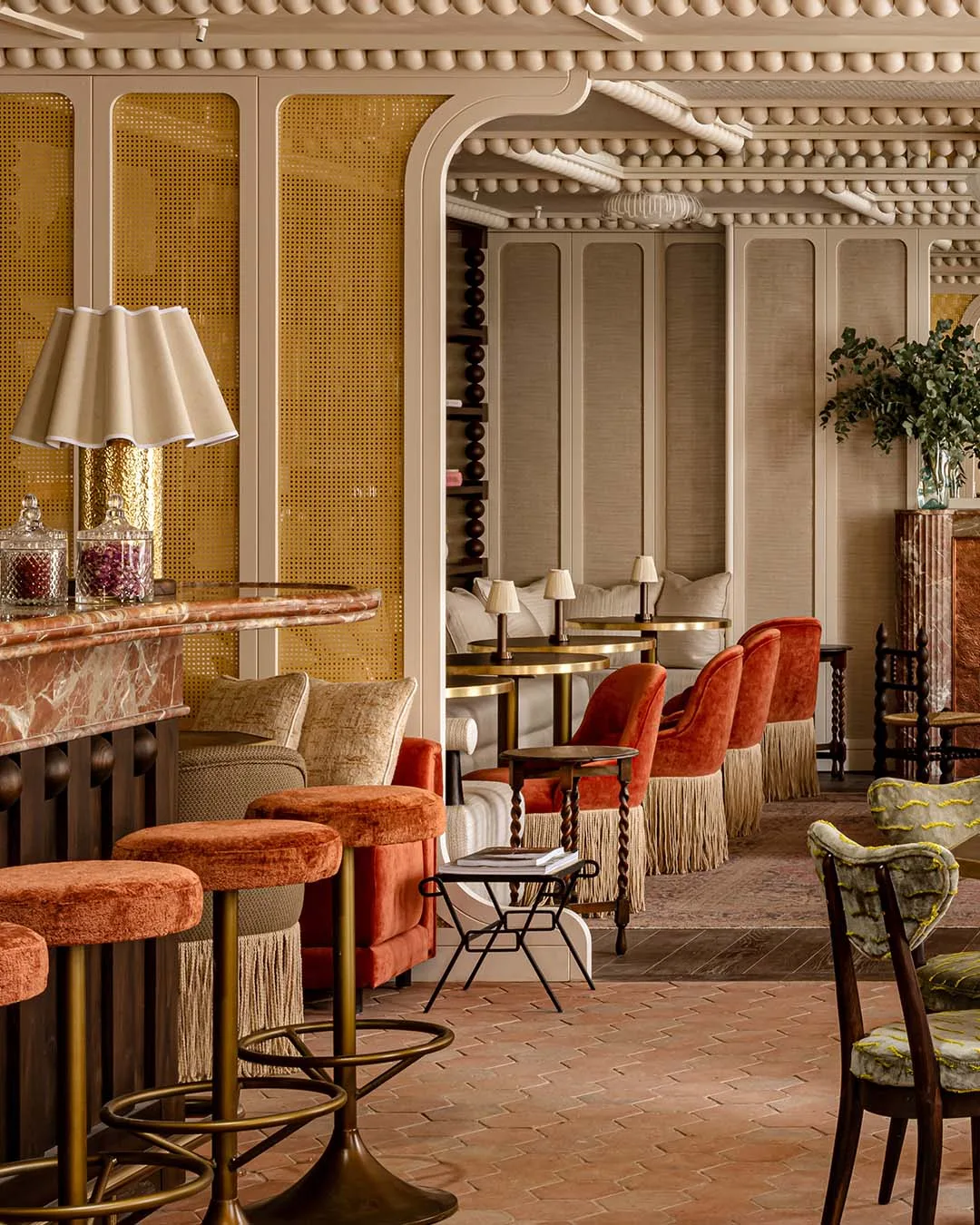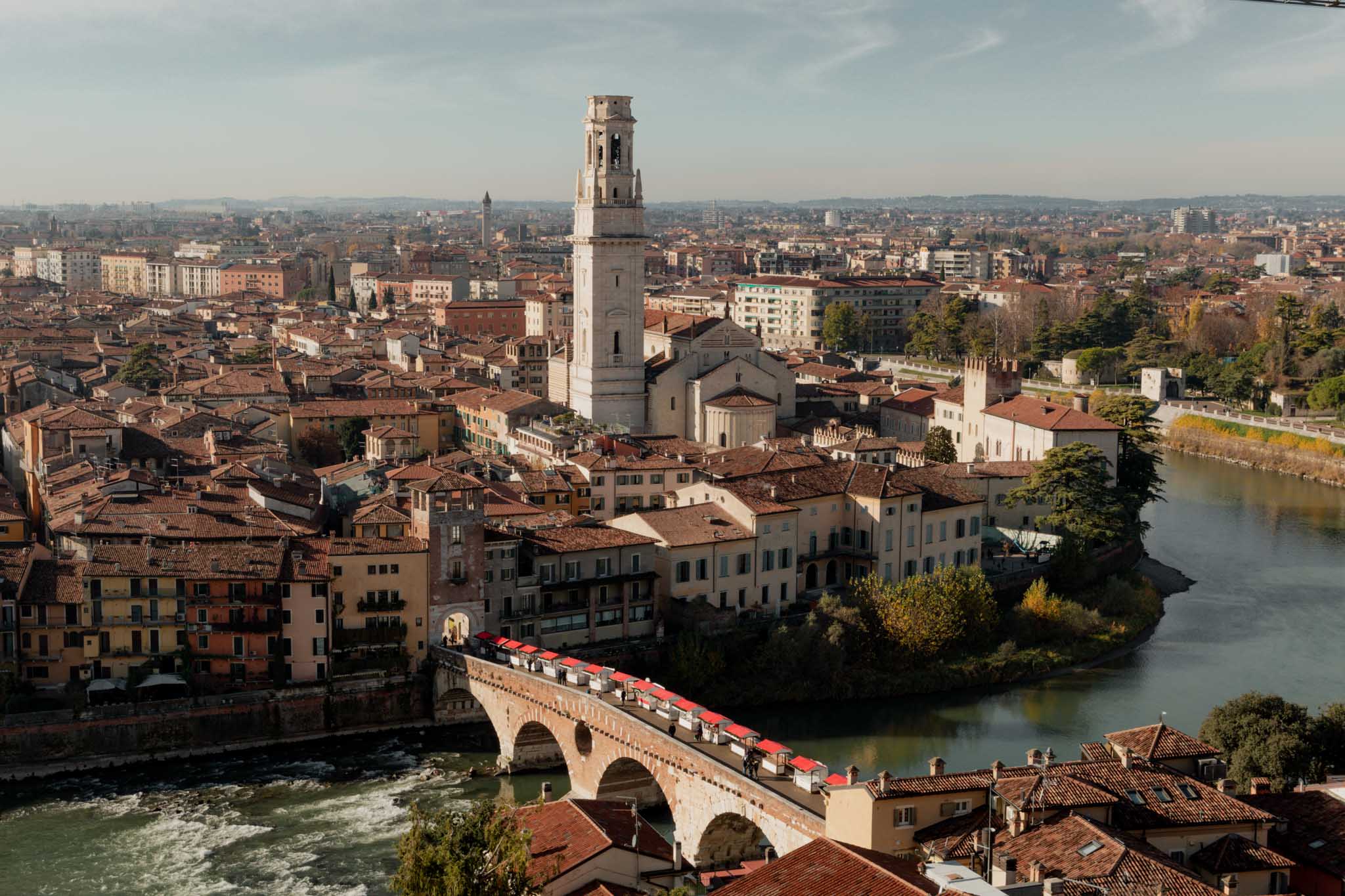
Known the world over as the setting for Shakespeare’s Romeo & Juliet, this storybook city goes beyond its literary fame with well-preserved Roman monuments and lively piazzas. Conveniently located between two of Italy’s urban hot spots — Milan and Venice — Verona can comfortably be explored on a day trip from either city. For a more in-depth experience, take your time wandering through the old town, discovering the city’s lived-in side and hidden gems with the help of these recommendations.
A short round-up of Verona’s must-see sights…
Arena di Verona: A highlight of Verona, this ancient Roman arena was built around 30 AD and is still used for live performances today. During the summer season, you can attend Verona’s annual Opera Festival, which takes place inside of the arena’s historic walls. If you can’t catch a performance, you can purchase tickets to enter the arena and explore on your own.
Torre dei Lamberti: This 12th century, Romanesque-style tower offers ‘wow’ inducing views overlooking Verona’s city centre. Ascend the 368 stairs to the top or choose the more leisurely option of taking the elevator. Either way, a climb to the top is well worth the effort.
Piazza delle Erbe: Located in the heart of Verona, what used to be the Roman Forum is now a wonderful spot to enjoy an Aperol Spritz at one of the many charming cafés, or simply admire the architecture and frescoes that surround the square.
Piazzale Castel San Pietro: For the most sublime panoramic views of Verona, make your way across the historic Ponte Pietra bridge to the hillside location of Piazzale Castel San Pietro. From here, you can enjoy sweeping views of the entire old town and the meandering Adige River. Plan your visit around sunset for the most camera-friendly lighting.
Juliet’s House: A visit to Juliet’s balcony is a must for Shakespearean fans. While Juliet herself is a fictional character, the balcony is part of a building once home to the Capuleti family, who provided inspiration for the play’s Capulets.
Teatro Romano: Dating back to the 1st century BC, the Teatro Romano is a remarkable piece of Verona’s ancient history. Take a stroll around this Roman theatre and delve deeper into its history at the adjacent museum on-site.
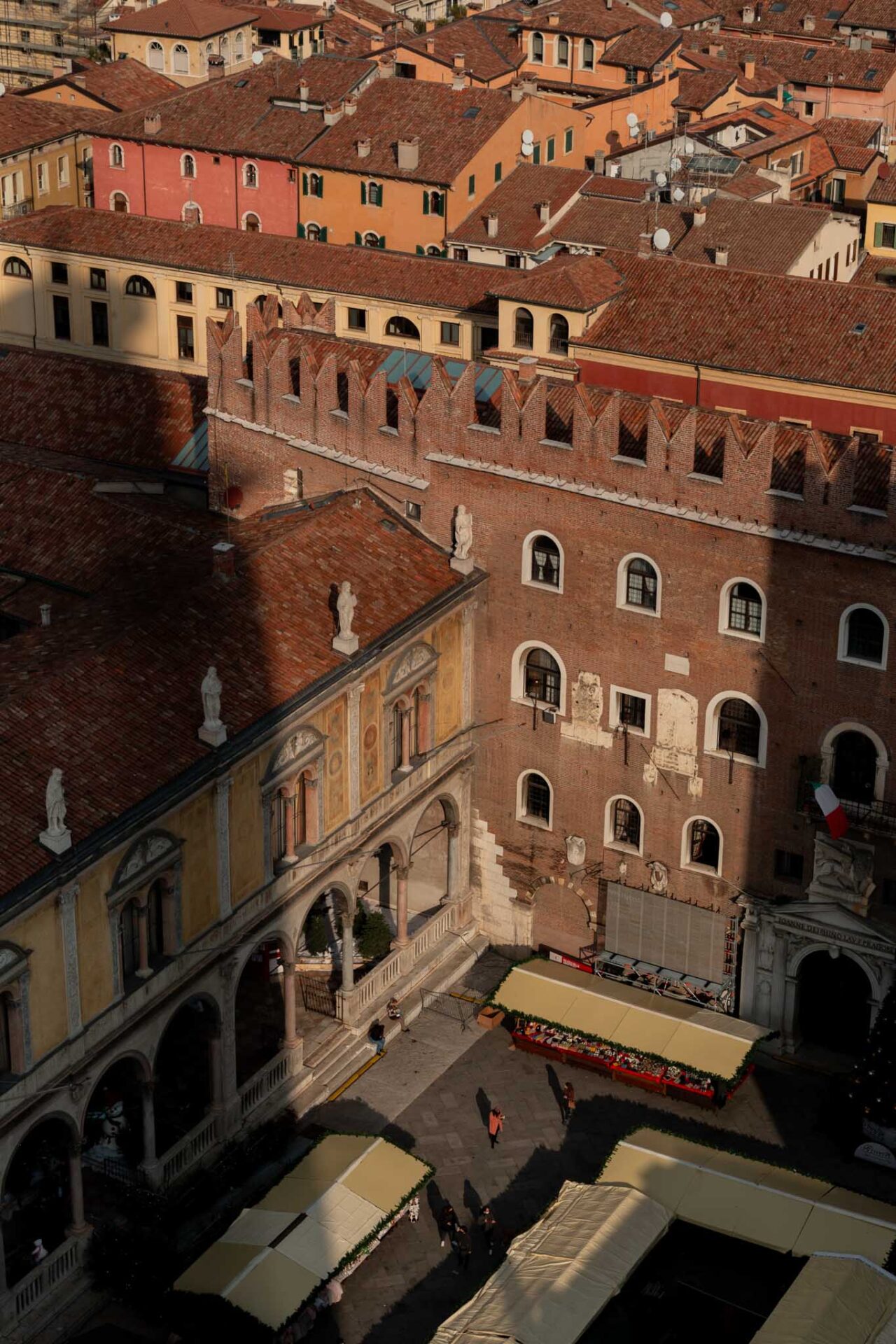

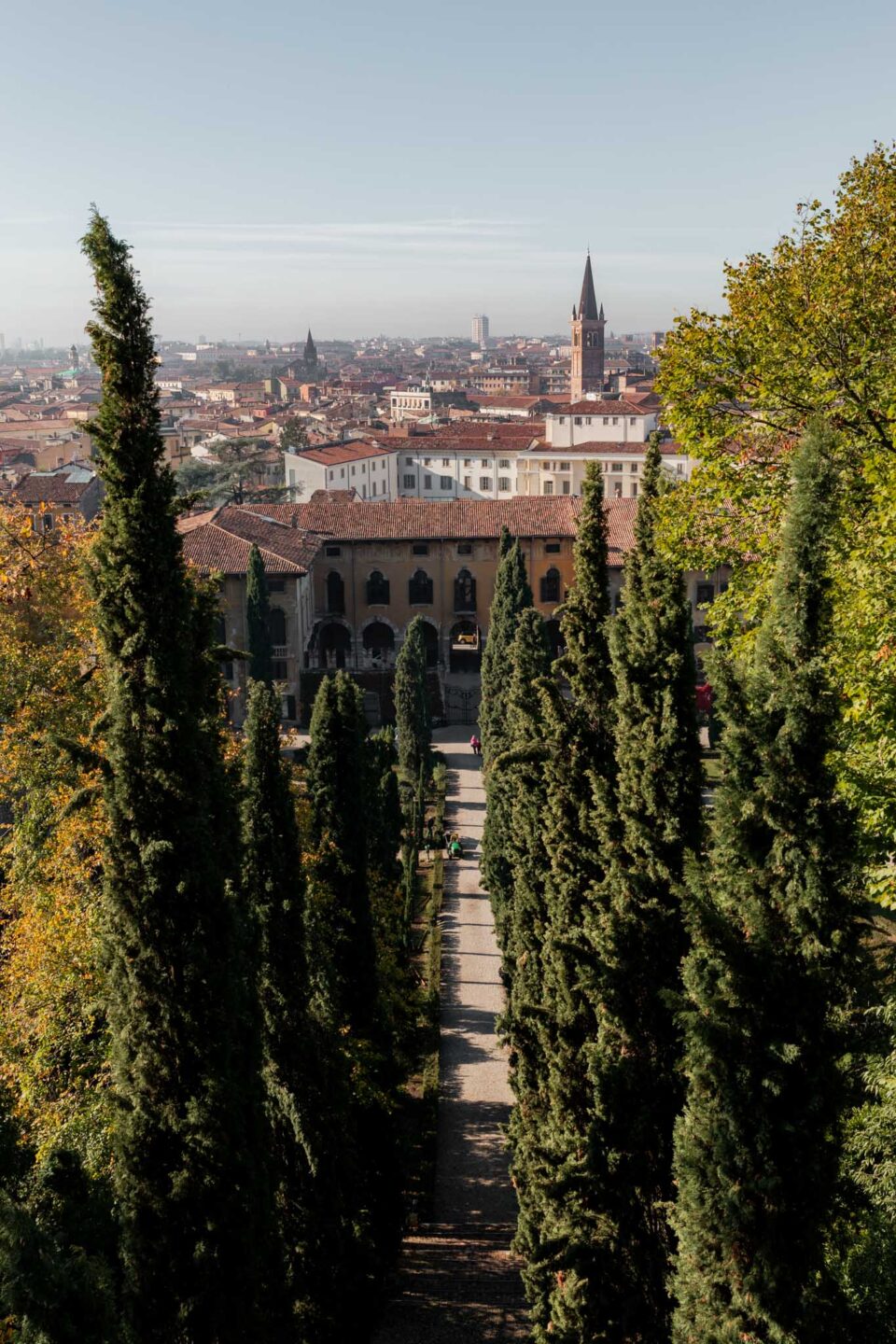

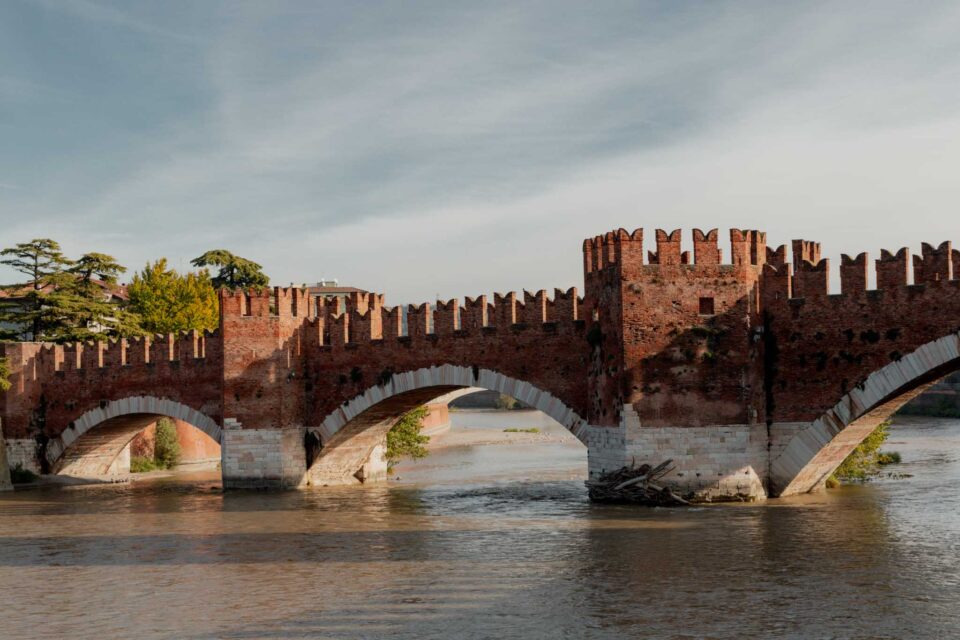
...and a longer look at Verona’s lesser-known spots
Giusti Gardens
Explore the verdant, well-groomed gardens and palace of the Giusti family. This lesser-known gem is a wonderful escape from the crowds. While unwinding in the gardens, don’t miss the opportunity to visit Apartment 900 inside the palace. Here, you can tour some of the fabulous rooms, offering a glimpse into the Giusti’s glamorous lifestyle.
Castelvecchio Bridge
This medieval bridge connects the old town with Verona’s modern neighbourhoods. It leads directly to the Castelvecchio Museum, which is worth setting some time aside for.
San Fermo Maggiore
One of the most spectacular churches in Italy. The ceiling is constructed to resemble the inverted hull of a ship and is made entirely of wood.
What — and where — to eat in Verona
When in Italy, food takes centre stage. Start your day at Café Carducci, a convivial spot for colazione. Indulge in their delicious brioche, freshly brewed cappuccinos, and omelettes.
For a quick and delicious lunch, head to La Figaccia, where you can fill up on a savoury focaccia sandwich packed with local cured meats and cheeses. Another excellent choice is La Bottega della Gina XXL, known for its freshly made tortelloni pasta. Opt for the mixed selection to sample a bit of everything!
Make a reservation at Locanda di Castelvecchio for dinner. Here, you can sample the Risotto all’Amarone, a local specialty which combines creamy risotto with a rich red wine sauce. Alternatively, Trattoria Al Pompiere plates up fantastic pasta and meat dishes — you truly can’t go wrong with anything on the menu.
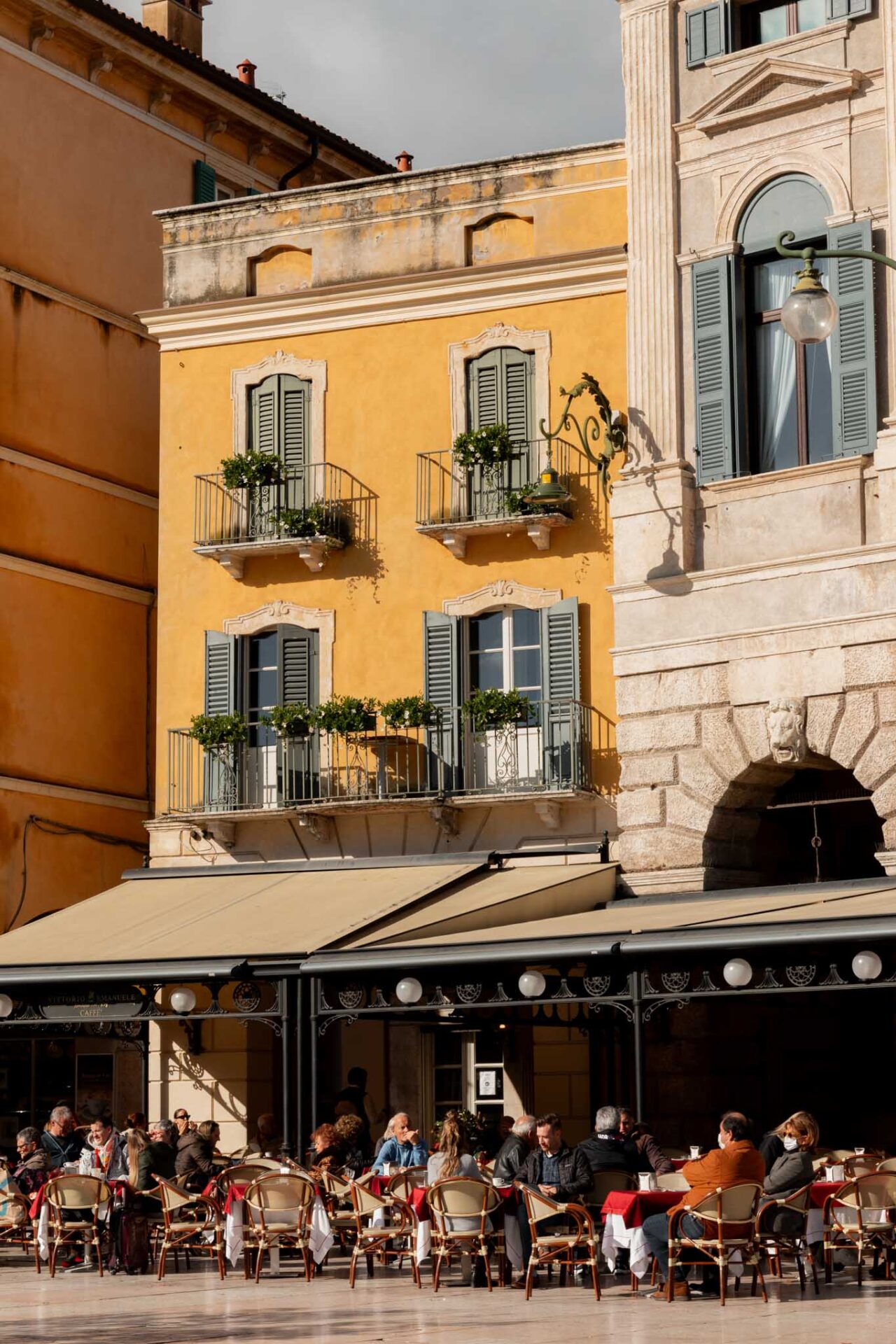
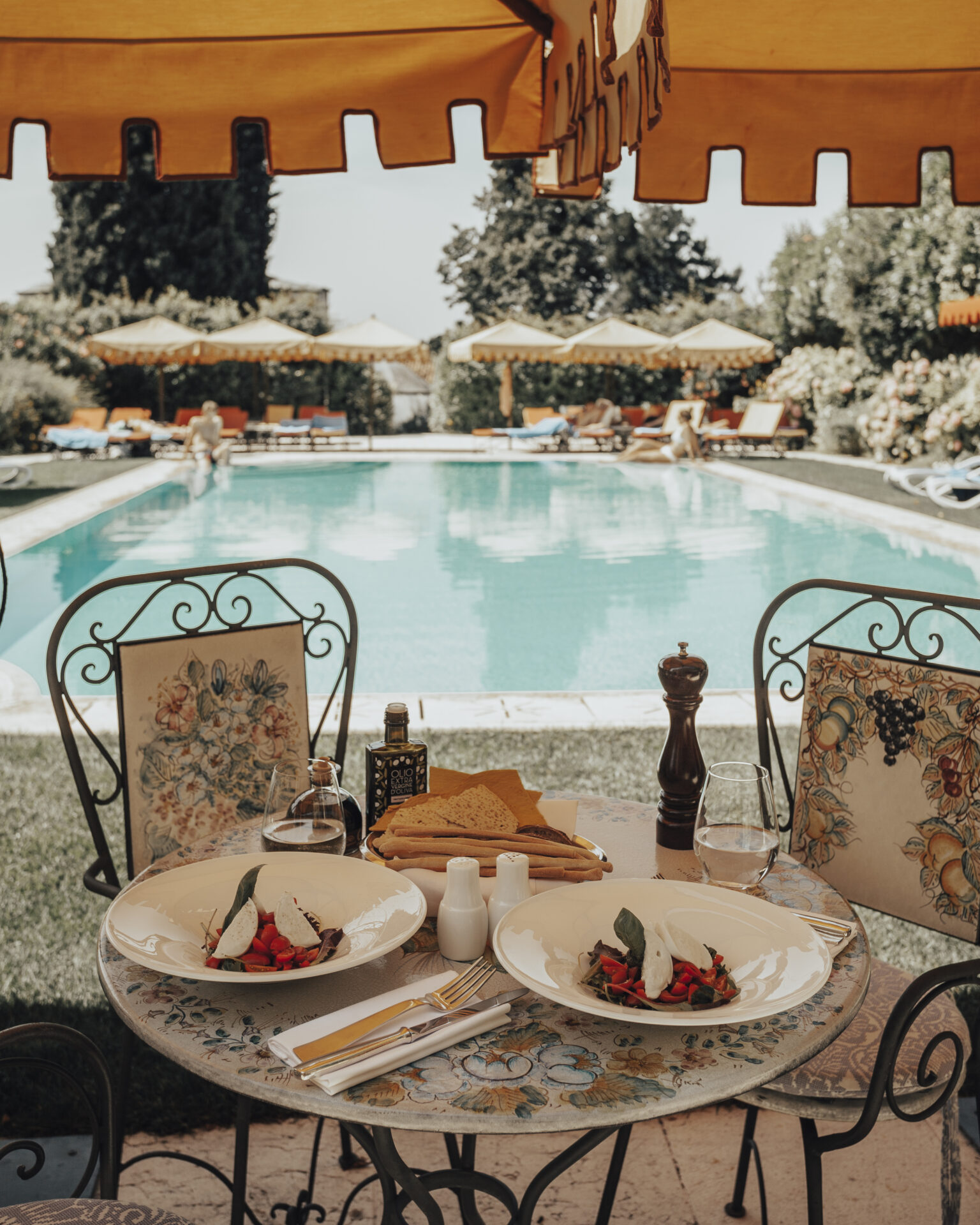
Where to stay
Byblos Art Hotel Villa Amistà... Escape the crowds and retreat to the tranquil hills of Verona. This eye-pleasing villa marries classic Italian elegance with modernist touches. The walls are adorned with contemporary pieces, and some of the bold, colourful furniture are veritable artworks in their own right. Spend leisurely afternoons unwinding by the pool, which is framed by five acres of lush gardens. In the evening, treat yourself to a table at the hotel’s Michelin-starred restaurant.
Escalus Luxury Suites... Fittingly named after Shakespeare’s Prince of Verona, this centrally located hotel is just steps away from the main attractions. Blending historical charm with modern comfort, the rooms are notably spacious, providing ample space for post-sightseeing relaxation.
VISTA Verona... Overnighters at this old town address are as opulent as they are tranquil. Cool off in the indoor pool or book in for a relaxing massage at the wellness centre after a busy day of wandering the pretty streets. Make your way to the rooftop bar for an aperitivo while drinking in the spectacular views of the city at sunset.
Latest stories
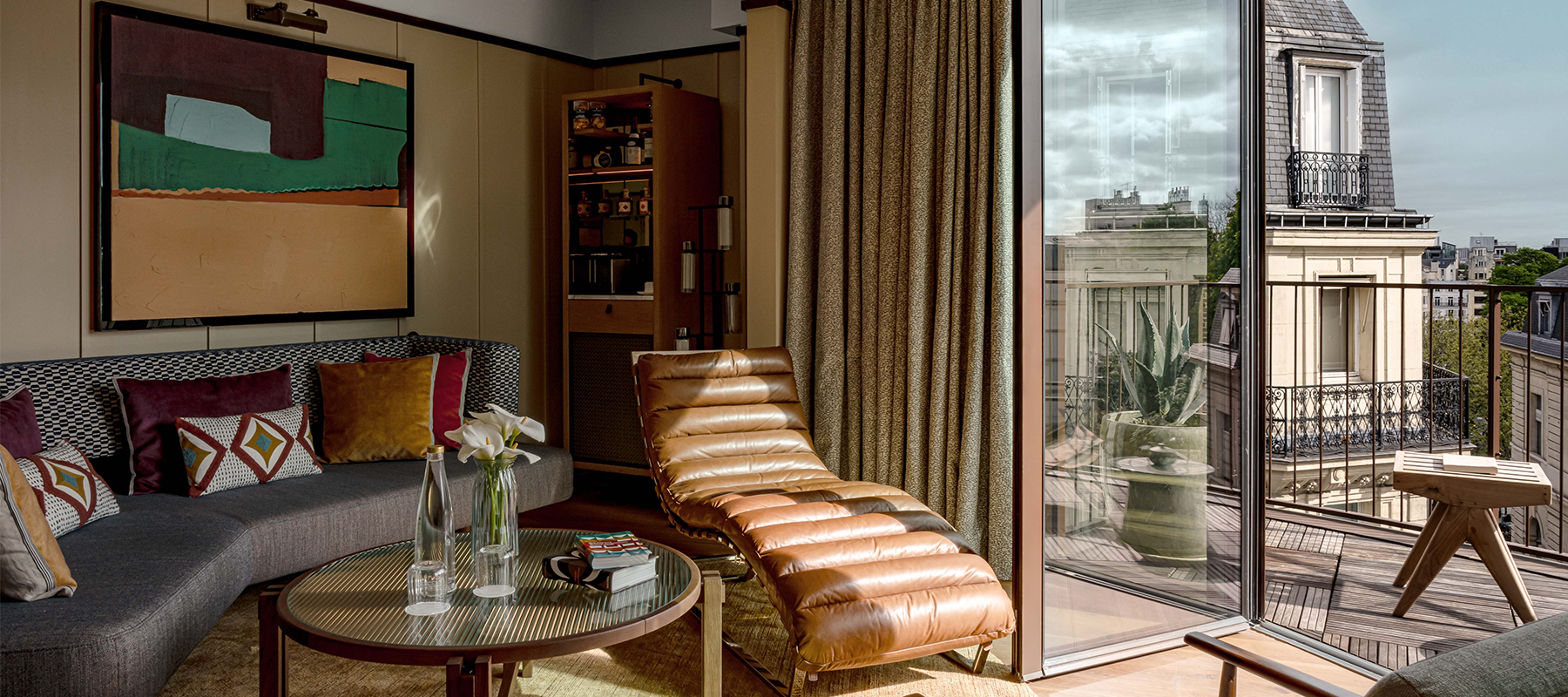
Hotel Norman, Paris: design-led luxury steps from the Champs-Élysées
There’s no shortage of glamorous hideaways in Paris, but few manage to bottle an era quite like Hotel Norman. Steps from the Champs-Élysées, this newcomer channels the seductive polish of midcentury modernism with the confidence of a hotel that knows exactly who it’s for: travellers who appreciate quiet luxury, meticulous

6 eco-friendly hotels offering ethical wildlife experiences
If you prefer your wildlife encounters without the crowds — and with a side of serious sustainability — SLH’s Considerate Collection has you covered. And with World Wildlife Conservation Day shining a light on the importance of protecting our planet’s most vulnerable species and habitats, there’s no better moment to

From vineyard valleys to hot springs: top boutique hotels for December
Across continents and climates, location leads the experience at these boutique escapes. A monastery where the cloisters still set the pace, a mountain retreat content to drift with the clouds, a Swiss villa that practically levitates above an alpine lake — each hotel lets its setting do the talking. Here’s

How to spend a weekend in Girona
This pocket-sized city couldn’t be more different to its same-coast cousin, Barcelona. Comfortingly walkable and distinctly Catalan, what Girona lacks in size is made up for with its abundant food scene, ochre-infused colour palette and surrounding mountain landscapes.
